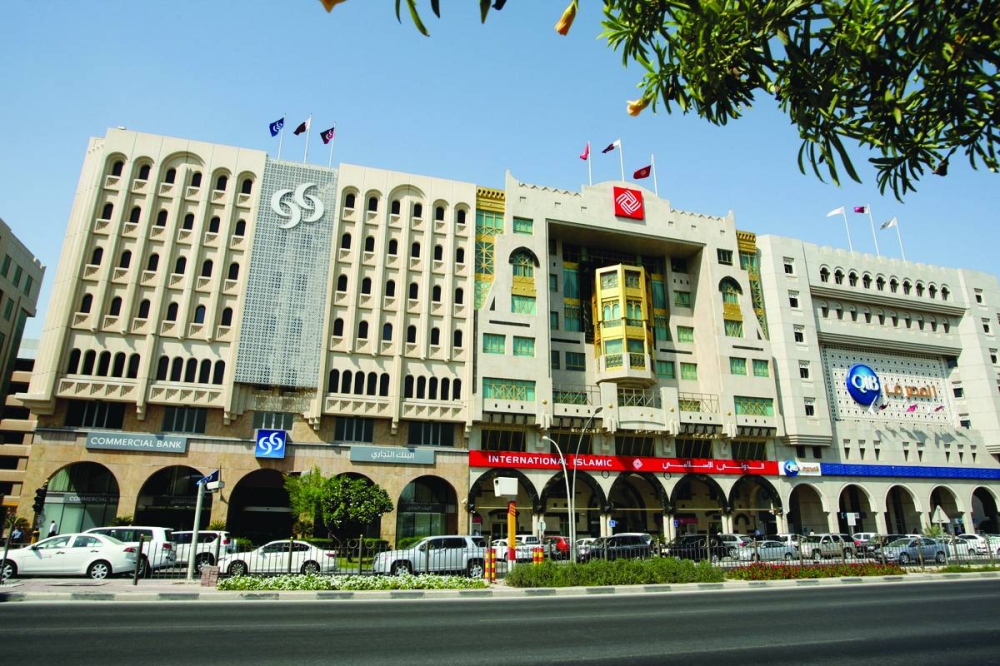Rate cuts are not expected in Qatar before 2024, Oxford Economics said and noted that with inflationary pressures easing, country’s monetary authorities will be hesitant to tighten policy further.
The Qatar Central Bank opted to keep interest rates on hold in February, skipping the hike delivered by the US Federal Reserve for the first time this cycle, Oxford Economics said in its latest country report.
The bank has previously matched the Fed's moves since March 2022, most recently raising the repo rate by 50bps to 5.25% in December.
While the hikes have had a limited impact on growth so far, due to supportive energy and fiscal trends, the rise in borrowing costs will challenge non-oil growth in 2023.
Qatari banks, Oxford Economics noted, have been resilient and are well capitalised and profitable, with low levels of non-performing loans.
However, their reliance on foreign funding has risen, and Fitch downgraded some bank ratings earlier this year.
Inflation registered a monthly drop of 1.8%, the biggest in the current series, dragging annual inflation down to 4.2% in January from 5.9% in December last year.
Prices declined across most categories, with the cost of recreational and cultural services plunging by almost 13% month-on-month.
Although a rise in housing and transport prices limited the overall decline, prices have eased substantially.
Consequently, Oxford Economics cut its 2023 CPI projection by 0.9ppts, to 2.3%. Due to higher prices in main export commodities, Qatar enjoyed one of the largest terms-of trade improvements in 2022.
Recent data show the trade surplus widened to QR355.2bn ($97.6bn) last year.
As oil and gas prices remain above levels from early 2022, the external position will only deteriorate marginally this year, with the current account surplus at 15.6% of GDP, down from 17.1% in 2022.
Oxford Economics’ 2023 GDP growth forecast for Qatar is still unchanged at 2.7%, only slightly higher than the consensus, at 2.6%.
“We expect the non-oil sector to lead the expansion, though the pace of activity will nearly halve, to 3.3%. The January PMI fell to 45.7, the lowest in over two and a half years, as business activity has cooled since the World Cup.
Still, the 12-month outlook soared to a three-year high, led by services sector resilience and labour market strength,” the researcher noted.
In terms of tourist arrivals into the country, Oxford Economics’ baseline assumes only a modest drop in travel service exports this year given several major events, including the Asian Football Cup and the Formula 1 Qatar Grand Prix.
Citing official figures, the researcher said there were over 600,000 tourist arrivals in December, the strongest monthly outcome in the series.
The influx takes the 2022 total to 2.56m, more than four times the 2021 figure.
Business
Rate cuts not expected in Qatar before 2024: Oxford Economics
With inflationary pressures easing, Qatar's monetary authorities will be hesitant to tighten policy further, Oxford Economics noted in its latest country report

Qatari banks have been resilient, and are well capitalised and profitable, with low levels of non-performing loans, according to Oxford Economics.

